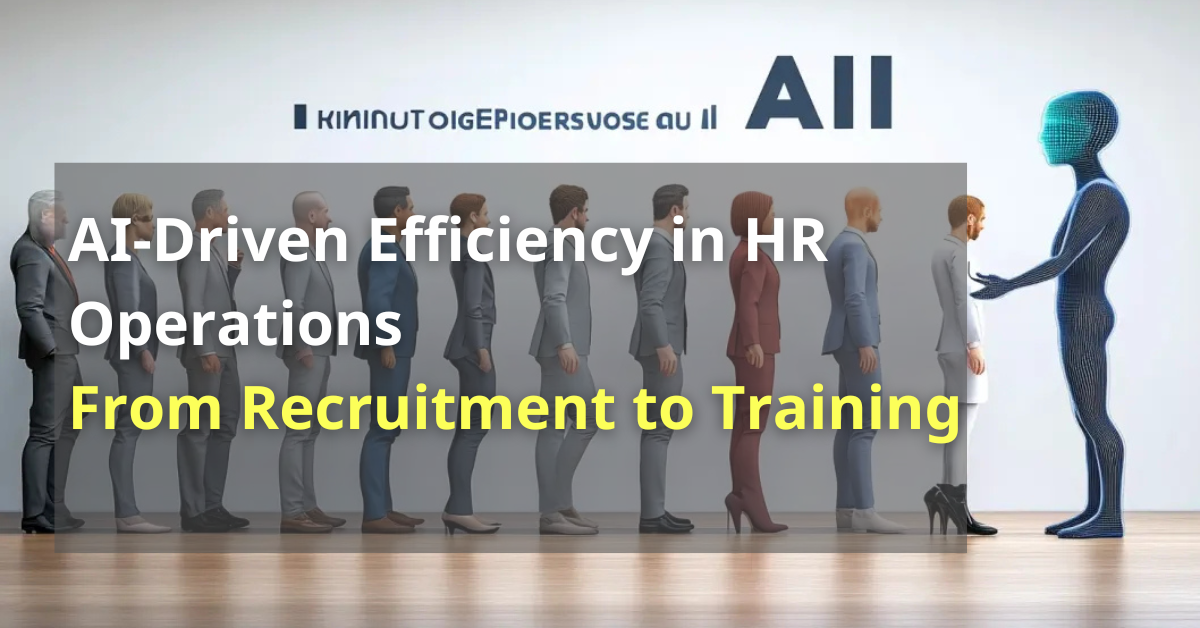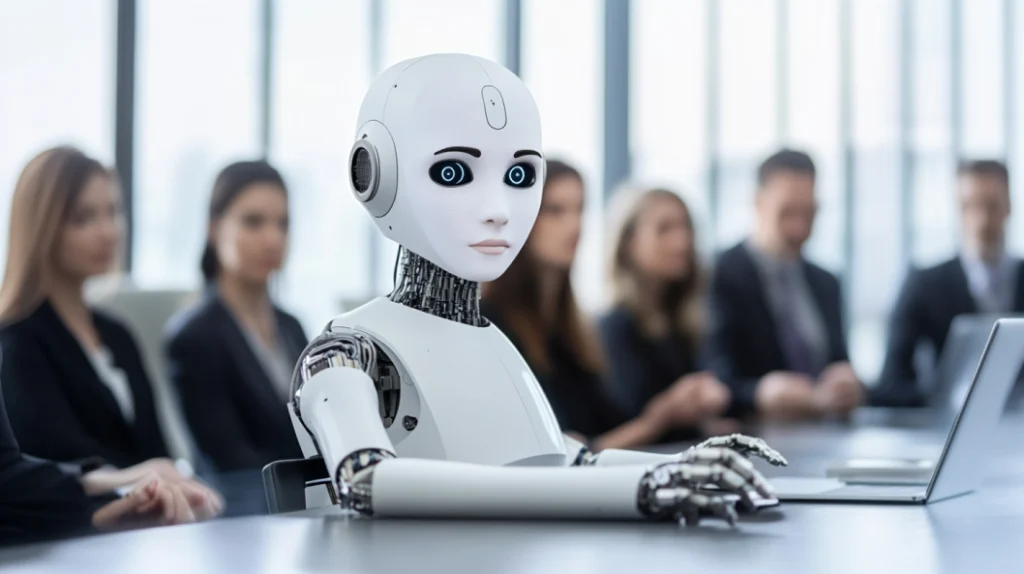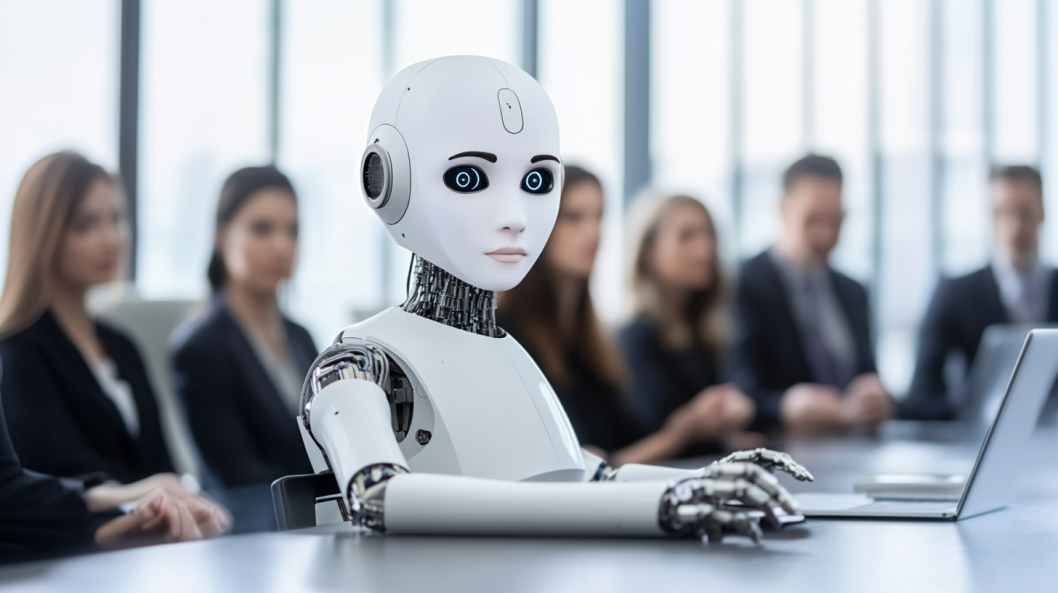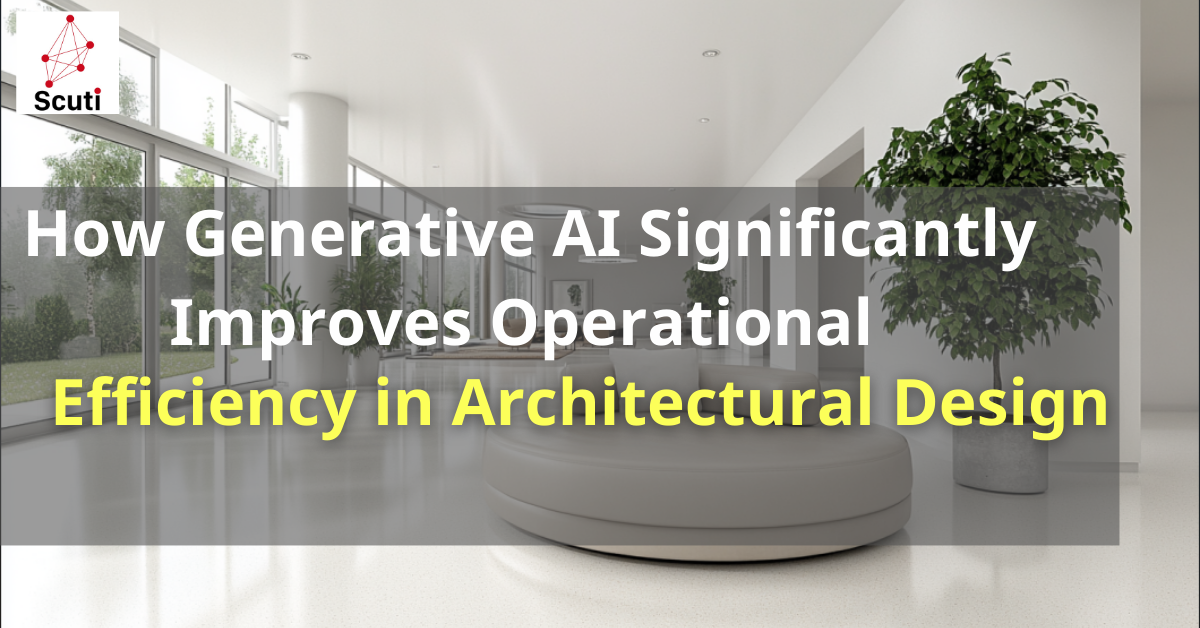
Hello, I am Kakeya, the representative of Scuti.
Our company offers offshore development, lab-based development, and consulting services specializing in generative AI. Recently, we have been fortunate to receive many requests for system development integrated with generative AI.
Does your company face challenges in improving operational efficiency?
In the construction industry, daily operations are becoming more complex, and new technologies are needed to enhance productivity. One such technology gaining attention is “generative AI.”
Generative AI is an innovative tool that processes tasks, previously handled manually over long periods, in a much shorter time, supporting efficiency in design and operations. By incorporating generative AI into architectural design and optimizing business processes, the potential for significantly improving productivity across the industry is vast.
This article explains how generative AI is used in the construction industry and how it contributes to operational efficiency through specific examples and benefits.
What is Generative AI?

Definition of Generative AI
Generative AI contributes to operational efficiency in the construction industry in the following ways:
- Automated Design Generation:
Generative AI can automatically create architectural design proposals. This streamlines tasks previously done manually by designers, allowing for the consideration of more design options. - Automated 3D Modeling:
Generative AI enables the automatic creation of 3D models of buildings, reducing the time and effort spent on manual modeling. - Rendering Generation:
It can also generate architectural renderings automatically, making it easier for designers to convey the visual concept of a building. - Construction Simulation:
Generative AI can simulate the construction process, enhancing site safety and helping to shorten project timelines.
How Generative AI Contributes to the Construction Industry
Generative AI can enhance operational efficiency in the construction industry in the following ways:
- Automated Design Generation:
Generative AI automatically creates architectural design proposals. This streamlines tasks that were previously done manually, allowing designers to explore more design options efficiently. - Automated 3D Modeling:
Generative AI generates 3D models of buildings automatically, reducing the time and effort required for manual modeling. - Automated Rendering Creation:
It can also create architectural renderings automatically, helping designers easily convey the visual concept of a building. - Construction Simulation:
Generative AI can simulate the construction process, improving site safety and helping to shorten project timelines.
Considerations for Implementing Generative AI
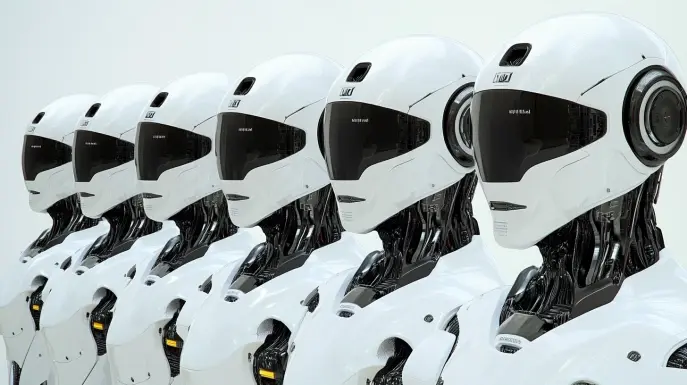
Ethical Issues
Generative AI raises ethical concerns related to copyright and privacy. There is a risk that the content generated by AI could infringe on others’ copyrights or violate privacy. It is essential to be fully aware of these issues when using generative AI.
Accuracy Issues
As an evolving technology, generative AI does not always produce flawless content. The output may contain incorrect or biased information, so it is crucial for humans to review and correct AI-generated content as needed.
Importance of Data Quality
The performance of generative AI heavily relies on the quality of the training data. Training the AI with appropriate data ensures the generation of high-precision content. Ensuring the quality of training data is vital when implementing generative AI.
Practical Applications of Generative AI Tools

-
Design Support Tools
These tools automatically generate design proposals to assist architects. Traditionally, architectural design has been a time-consuming and labor-intensive process. However, with generative AI, multiple design options can be created quickly.
AI learns from past design data and style patterns, automatically presenting proposals that reflect the required criteria and conditions. Additionally, the automation of blueprint creation minimizes manual errors and significantly enhances the overall design process efficiency.
This allows designers to focus more time on creative tasks.
-
3D Modeling Tools
This tool leverages generative AI to automatically create 3D models of buildings and efficiently modify them as needed. Traditional 3D modeling requires specialized skills and significant time investment. However, generative AI simplifies this process, allowing it to be completed quickly. For example, by inputting the basic design data of a building, AI can generate detailed 3D models. If design changes are necessary, AI can automatically make adjustments, updating the model in real-time. This streamlines communication between the design team and the client, ensuring that modifications and fine-tuning are promptly reflected.
-
Rendering Tools
This tool automatically creates renderings, or visualizations, of completed buildings and offers features to enhance their quality. Renderings are crucial for communicating the visual concept of a building to clients and stakeholders, but their creation typically requires both technical skills and time. With generative AI, designers can input information to generate high-quality renderings automatically, improving the accuracy of these visualizations. AI can also replicate details such as lighting, shadows, and textures realistically, providing a more lifelike representation. This makes it easier to effectively convey the building’s vision to clients.
-
Construction Simulation Tools
This tool uses generative AI to simulate the entire construction process. Construction involves many interconnected factors, but AI analyzes these elements to propose optimal plans that enhance both safety and efficiency. For instance, AI can assess weather conditions, terrain, and material delivery schedules to recommend the most effective workflow. Through simulations, AI can also predict potential risks in advance, helping to ensure safety during construction. Additionally, AI contributes to shortening project timelines and reducing costs, significantly improving the overall efficiency of projects.
Case Studies of Our Generative AI Solutions

Structuring Data from Construction Material Catalogs:
Traditionally, extracting information about materials needed for home construction from catalogs was done manually, incurring high labor costs. To address this, we developed a system that uses OCR to read catalog content, allowing generative AI to interpret the text and extract only relevant construction material data. This information is then stored in a database, reducing labor costs by over 70%.
Document Search with AI Chat:
A major challenge we addressed was the difficulty in locating specific documents within the vast collection of shared materials in the company. This made information retention and sharing highly dependent on individual employees. To solve this, we implemented a secure RAG (Retrieval-Augmented Generation) system, which allows for efficient document sharing by searching documents and summarizing the retrieved information using generative AI.
Note: This system processes only text-based documents; images and graphs within design and technical documents are not included in the search.
Conclusion
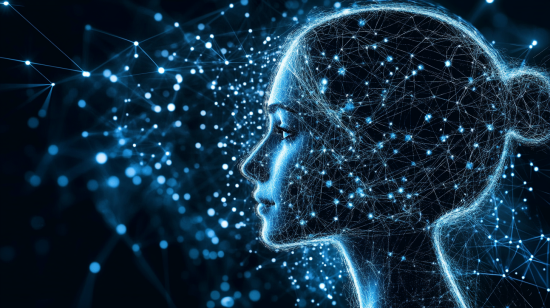
Generative AI is a powerful tool that contributes to design support and operational efficiency in the construction industry. It accelerates the generation of design proposals and 3D models, enabling designers to focus more on creative tasks.
Additionally, the automatic generation of renderings and construction simulations facilitates smooth project progression, improving safety and reducing timelines. With the adoption of generative AI, the construction industry can expect further development and enhanced efficiency.


